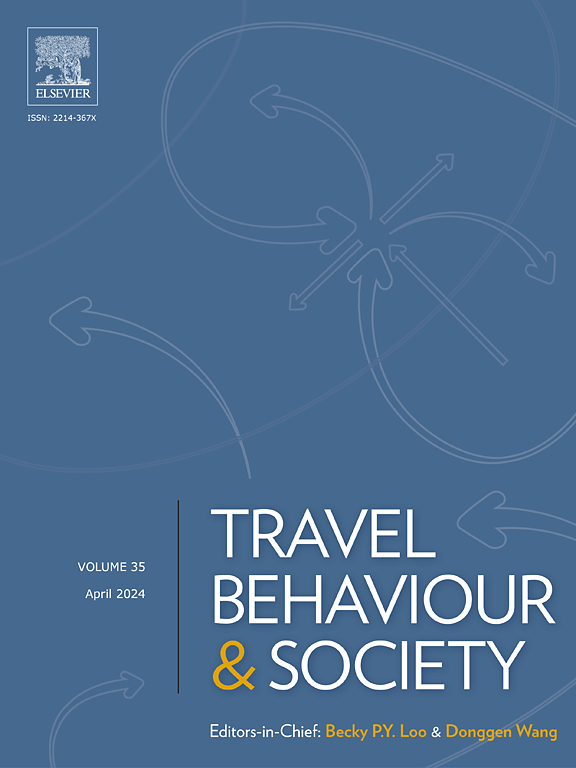不同驾驶条件和场景下的网约车司机情绪分析
IF 5.1
2区 工程技术
Q1 TRANSPORTATION
引用次数: 0
摘要
情绪是影响驾驶行为的重要因素,因此驾驶员的情绪与整体交通安全密切相关。我们研究了网约车司机在有乘客和无乘客两种驾驶条件下的情绪表达。我们招募了 16 名男性网约车司机,并使用非接触式设备收集了共计 91.5 小时的数据。我们使用 FaceReader 8.0 软件对收集到的视频数据进行分析,提取司机的面部表情信息,从而识别出司机所表达的六种情绪。然后,我们比较了这六种情绪在两种情况下出现的频率。频率表明,当车内没有乘客时,司机表现出更多的情绪。卡方检验结果表明,两种情况下驾驶员的情绪存在显著差异。例如,快乐与与乘客聊天有关。此外,在没有乘客的情况下,驾驶员的驾驶行为更具攻击性,而这种行为往往伴随着愤怒等负面情绪。我们还调查了网约车司机工作时经常出现的三种情况下的司机情绪:司机分心、乘客互动和交通环境。了解驾驶员的情绪以及这些情绪与不同驾驶条件下发生的情景之间的关系,有助于识别驾驶员的意图,并为开发安全驾驶辅助预警系统提供指导。通过干预和监测驾驶员的情绪,可以减少危险驾驶行为,从而提高道路交通的整体安全性。本文章由计算机程序翻译,如有差异,请以英文原文为准。
Analysis of emotions of online car-hailing drivers under different driving conditions and scenarios
Emotion is an important factor that affects driving behavior, and thus, drivers’ emotions are closely related to overall traffic safety. We investigated the emotional expressions of online car-hailing drivers under two driving conditions: with passenger(s) and without passenger(s). We recruited 16 male car-hailing drivers and collected a total of 91.5 h of data using non-contact equipment. We employed FaceReader 8.0 software to analyze the collected video data and extract the drivers’ facial expression information, thereby identifying six emotions expressed by the drivers. We then compared the frequency of the occurrence of the six emotions between the two conditions. The frequency rates indicate that the drivers exhibited more emotions when no passengers were in the vehicle. The chi-square test results indicate significant differences in the drivers’ emotions under the two conditions. For example, happiness is related to chatting with passengers. Also, the drivers exhibited more aggressive driving behavior during trips without passengers, and such behavior often was accompanied by negative emotions, such as anger. We also investigated drivers’ emotions under three scenarios that often occur while online car-hailing drivers are working: driver distractions, passenger interaction, and the traffic environment. The understanding of drivers’ emotions and the relationships between those emotions and scenarios that take place under different driving conditions can facilitate the identification of drivers’ intentions and provide guidance for the development of safe driving assistance warning systems. Dangerous driving behavior can be reduced through intervention and the monitoring of drivers’ emotions for the enhanced overall safety of roadway travel.
求助全文
通过发布文献求助,成功后即可免费获取论文全文。
去求助
来源期刊

Travel Behaviour and Society
TRANSPORTATION-
CiteScore
9.80
自引率
7.70%
发文量
109
期刊介绍:
Travel Behaviour and Society is an interdisciplinary journal publishing high-quality original papers which report leading edge research in theories, methodologies and applications concerning transportation issues and challenges which involve the social and spatial dimensions. In particular, it provides a discussion forum for major research in travel behaviour, transportation infrastructure, transportation and environmental issues, mobility and social sustainability, transportation geographic information systems (TGIS), transportation and quality of life, transportation data collection and analysis, etc.
 求助内容:
求助内容: 应助结果提醒方式:
应助结果提醒方式:


